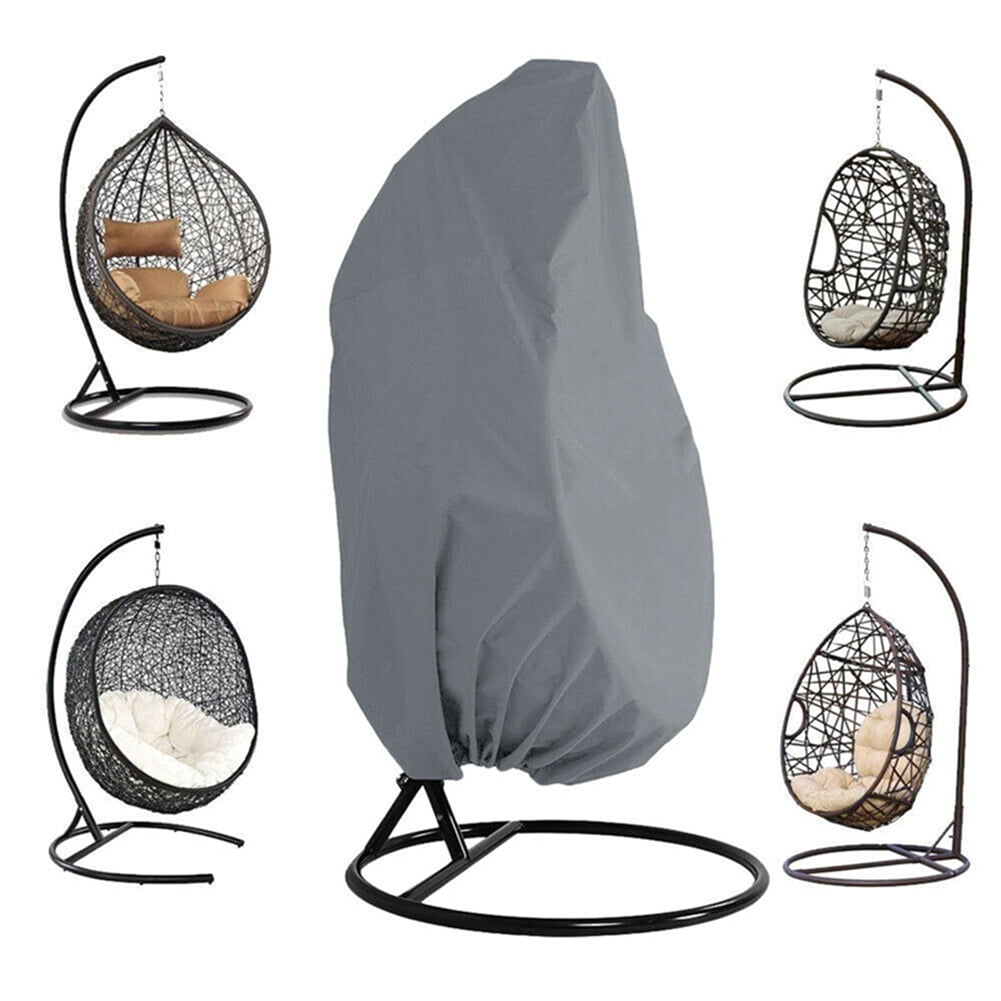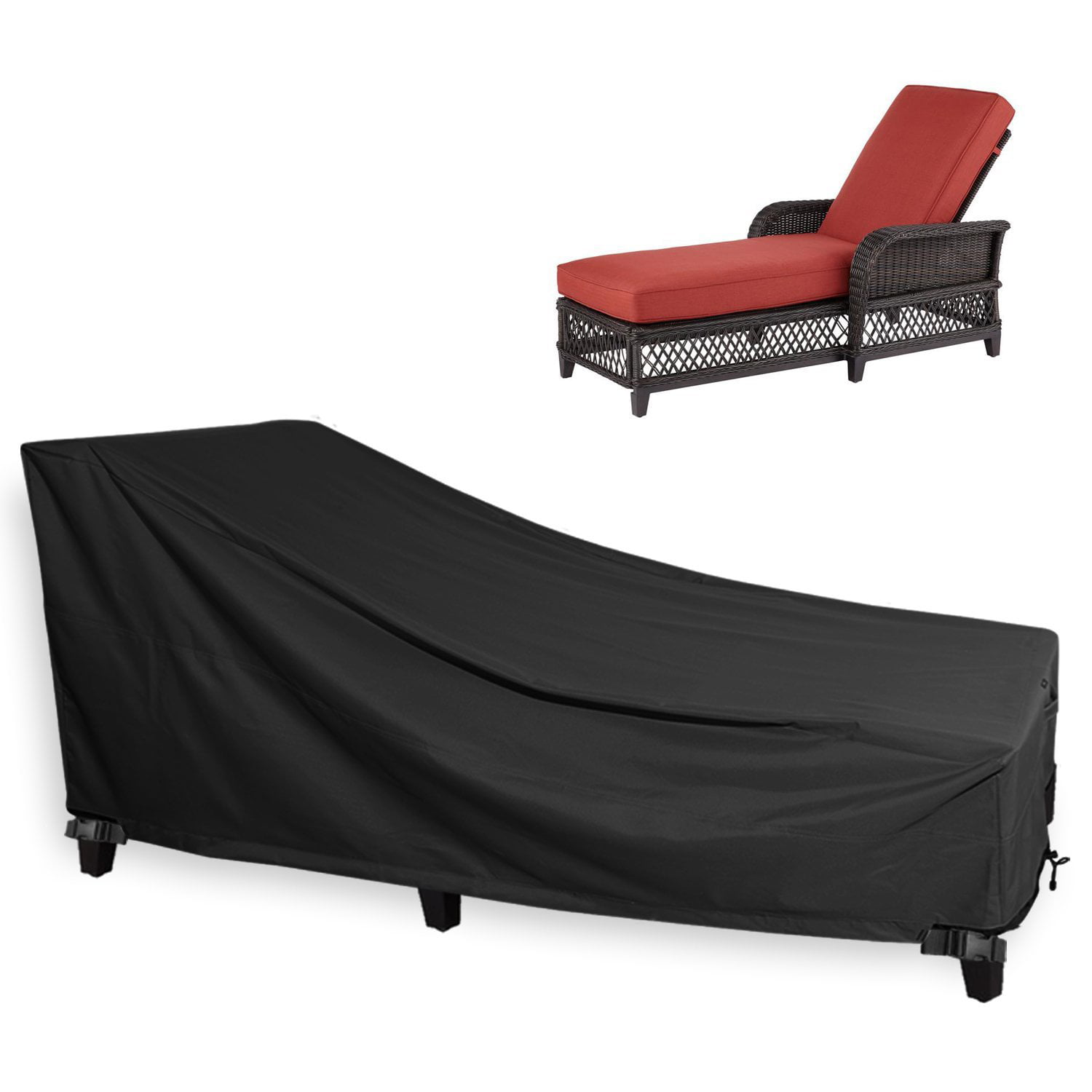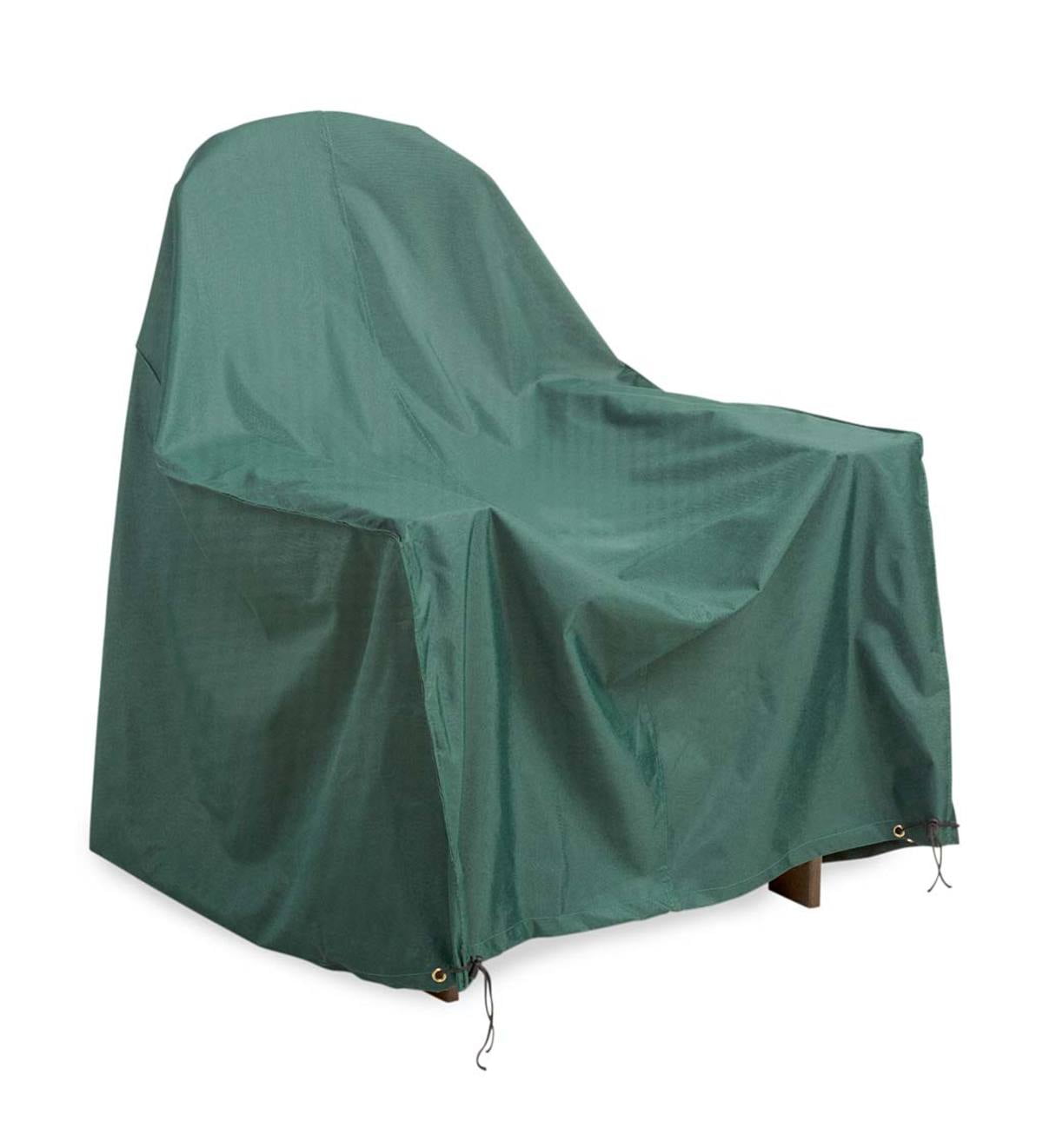

ĭuring World War II, American government restrictions on in-house design departments at Ford, General Motors, and Chrysler prevented official work on civilian automobiles. Loewy also designed a new logo to replace the "turning wheel" that had been the Studebaker trademark since 1912. Their designs first began appearing with the late-1930s Studebakers.

Studebaker first retained Loewy and Associates and Helen Dryden as design consultants in 1936 : and in 1939 Loewy began work with the principal designer Virgil Exner. Loewy had a long and fruitful relationship with American car maker Studebaker. Baker Barnhart, William Snaith, and John Breen. By 1949, Loewy employed 143 designers, architects, and draftsmen. In addition to locomotive design, Loewy's studios provided many designs for the Pennsylvania Railroad, including stations, passenger-car interiors, and advertising materials.

While he did not design the famous GG1 electric locomotive, he improved its appearance with welded rather than riveted construction, and he added a pinstripe paint scheme to highlight its smooth contours. He also designed the experimental steam turbine engine V1 "Triplex" for PRR which was never built. In 1946, at the Pennsylvania Railroad's request, he restyled Baldwin's diesels with a distinctive " sharknose" reminiscent of the T1. In 1942, he designed the streamlined shroud for the experimental duplex engine Q1 which was his last work of streamlining PRR's steam engine. In 1940, he designed a simplified version of the streamlined shroud for another four K4s. He followed by styling the experimental S1 locomotive, as well as the T1 class. He designed a streamlined shroud for K4s Pacific #3768 to haul the newly redesigned 1938 Broadway Limited. In 1937, Loewy established a relationship with the Pennsylvania Railroad, and his most notable designs for the firm involved some of their passenger locomotives. He opened a London office in the mid-1930s that continues to operate. It was this product that established his reputation as an industrial designer. Further commissions followed, including work for Westinghouse, the Hupp Motor Company (the Hupmobile styling), and styling the Coldspot refrigerator for Sears-Roebuck. In 1929 he received his first industrial-design commission to contemporize the appearance of a duplicating machine by Gestetner. In Loewy's early years in the United States, he lived in New York and found work as a window designer for department stores, including Macy's, Wanamaker's and Saks in addition to working as a fashion illustrator for Vogue and Harper's Bazaar. After the war he moved to New York, where he arrived in September 1919. He was wounded in combat and received the Croix de guerre. Loewy served in the French army during World War I (1914–1918), attaining the rank of captain. He continued his studies in advanced engineering at Ecole Duvignau de Lanneau in Paris, but stopped his studies early to serve in World War I, eventually graduating after the war in 1918. He graduated in 1910 from the University of Paris. By the following year, he had commercial sales of the plane, named the Ayrel. Loewy distinguished himself early with the design of a successful model aircraft, which won the Gordon Bennett Cup for model airplanes in 1908. Loewy was born in Paris in 1893, the son of Maximilian Loewy, a Jewish journalist from Austria, and a French mother, Marie Labalme. The press referred to Loewy as The Man Who Shaped America, The Father of Streamlining and The Father of Industrial Design. He undertook numerous railroad designs, including the Pennsylvania Railroad GG1, S-1, and T1 locomotives, the color scheme and Eagle motif for the first streamliners of the Missouri Pacific Railroad, and a number of lesser known color scheme and car interior designs for other railroads. He was engaged by equipment manufacturer International Harvester to overhaul its entire product line, and his team also assisted competitor Allis-Chalmers. Among his designs were the Shell, Exxon, TWA and the former BP logos, the Greyhound Scenicruiser bus, Coca-Cola vending machines and bottle redesign, the Lucky Strike package, Coldspot refrigerators, the Studebaker Avanti and Champion, and the Air Force One livery.
SHROUD CHAIR PROFESSIONAL
He spent most of his professional career in the United States, becoming a naturalized citizen in 1938. He was recognized for this by Time magazine and featured on its cover on October 31, 1949. Raymond Loewy ( / ˈ l oʊ i/ LOH-ee, French: November 5, 1893 – July 14, 1986) was a French-born American industrial designer who achieved fame for the magnitude of his design efforts across a variety of industries.

Logos for Exxon, Shell, BP, International Harvester, TWA, Nabisco, Quaker, New Man, LU and the U.S.Streamlined locomotives for the Pennsylvania Railroad.


 0 kommentar(er)
0 kommentar(er)
